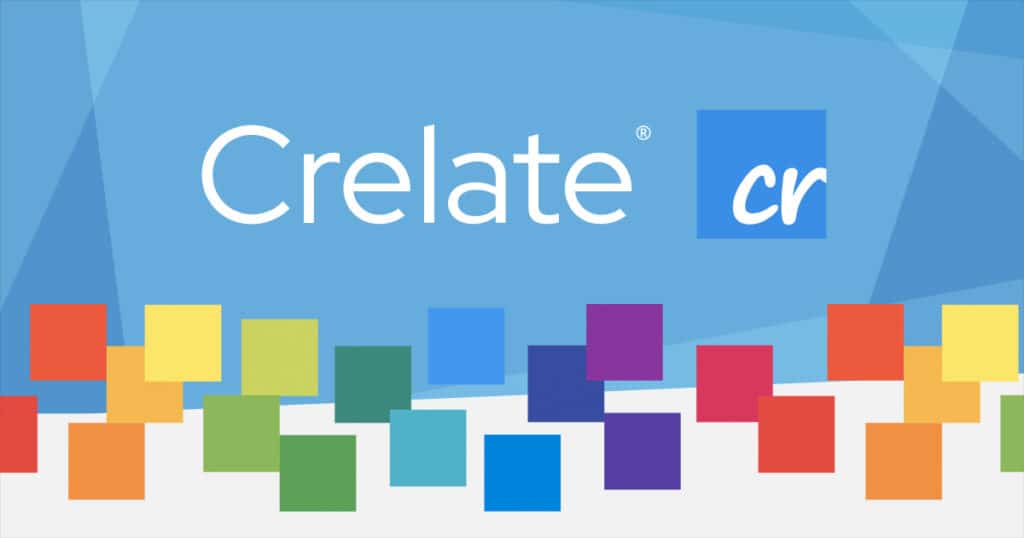
Forbes ran an article earlier this month that is getting some attention regarding the use Massive Open Online Courses (MOOCs) to reduce training costs and make training more effective. Training is critical for most organizations, especially professional services businesses that sell expertise. But the kinds of classes that the article talked about replacing – they use McAfee’s old 2 week new hire orientation as an example – are often not an option for sub-100 employee businesses that don’t have the hiring scale to justify the cost of a two week program. Instead, training is often ad-hoc and informal.
However, the concepts described in the article can be a good way for smaller companies who should be doing more to train employees. MOOCs that apply to your business may be out there (check out Coursera, Udacity and edX – three providers referenced in the article), and if you need to provide specialized training, consider a small investment of either your time or budget to create some internal materials that follow the same principles.
From the article:
“The following “¦ elements are particularly well-suited to corporate learning & development:
* Semi-synchronicity: Most MOOCs allow students to go through the course as a ‘semi-synchronous’ cohort of learners. That means each week the group receives the same assignment of video lectures, readings, quizzes and/or threaded discussions, but each member completes that course work on his or her own time. The design of semi-synchronous cohorts provides learners the opportunity to motivate each other as they go through the program.
* Course design: “Flipping the classroom,” or swapping classwork with homework, was first made popular by Khan Academy, and is one of the defining features of MOOCs. This way, the most of the learning happens not through a professor lecturing but by giving students access to course materials and having them study and explore them at home. Then in class, they put their new knowledge to work with role-plays, use cases, and exercises.”
In our previous services companies, we used these two concepts to build training materials – mostly simple PowerPoint decks – that a new hire could use to get familiar with our business processes and learn (or at least review) some key skills necessary to do the job. Since then, it has become easier to record videos and other high-quality materials, but if you don’t have time for that right now, you don’t need high-quality materials to get something effective started – some simple slide shows or documents can also work.
I really like the idea of using time in the office to work with other folks on the team, testing for understanding, instead of just presenting the material. In many cases, the team will probably have real-world examples where the training applies. That way, instead of just presenting content, you can learn and get business done at the same time. So think about how you can create these types of activities. Lunch is often a good time for training, as you can get a good cross section of people in your business to attend. Reserving an hour or two on a typically slow day can also work.
Check out the full article here. (http://www.forbes.com/sites/jeannemeister/2013/08/13/how-moocs-will-revolutionize-corporate-learning-development/#!)
